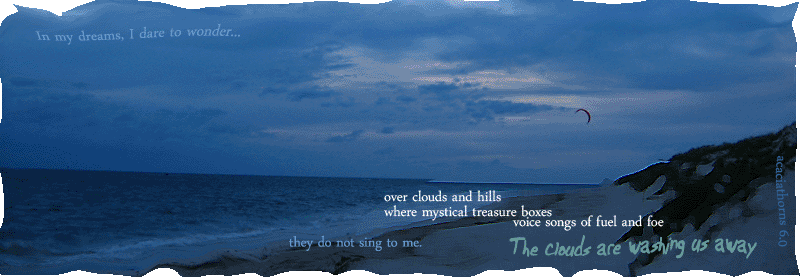There is an idea of a world that flows into itself. An idea that there is a machine which makes a machine which makes a machine which makes a machine... and somewhere along the line, we come back to the first machine. Or the machine that makes another copy of itself.
But somehow we try and rationalise this replication. We place linear constraints, labels to define and differentiate along lines we scarcely understand. Our perception is limited by our attempts to rationalise and thus our attempts to rationalise are limited by a narrowed perception. How then does change occur? How do we leap out of this hermeneutic circle?
Models of evolution have always been based by linearity. Marxist revolutionary thought filters through the seams of change, and thus our understanding of it is also limited. Is change relative to the individual circumstance? Is individual agency the only possible response to this hermeneutic understanding? If a society remains unaffected by external factors, will it change?
Perhaps it is that which remains the problem, the idea that the future does not construct the present: the idea of linearity pervading through our discourse, our understanding. If the future constructs the present and the present constructs the future and the past constructs the future, then we could understand how agency can work. This does not mean that society is based on fate; the terms of past, present and future mean nothing then, and thus the linearity model fractures and crumbles upon the ground. Everything is intertwined.
Call it the collective unconscious, the Jain concept of Kevalgnan, the idea of Derrida's 'Other'. There is much more than more. Reality has no face other than hyperreality. The hyperreal is hyperreal. Where does the circle stop? Is it even a circle? Am I limiting it to a circle?
Endless streams slip through cracks in the dry drought-covered land, and thought once again is categorised and forgotten.
Saturday, 15 March 2008
Where does the circle stop?
Scribbled by
Timystic
at
01:55
|
![]()
Labels: plights and ponderings
Subscribe to:
Post Comments (Atom)


Nice new look :D Me likes mucha!
ReplyDelete